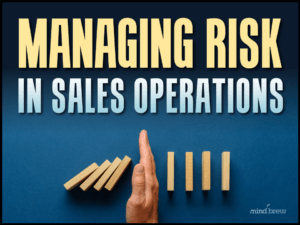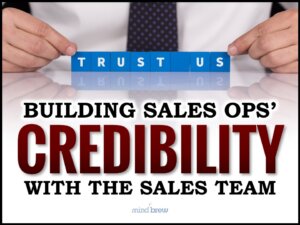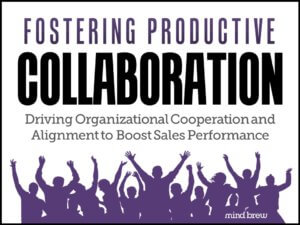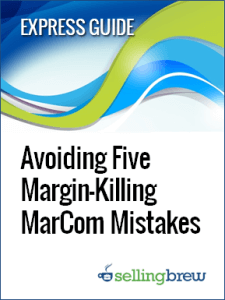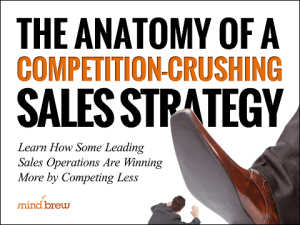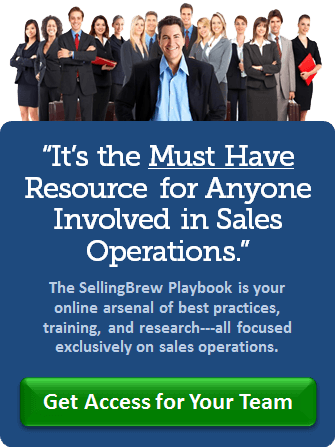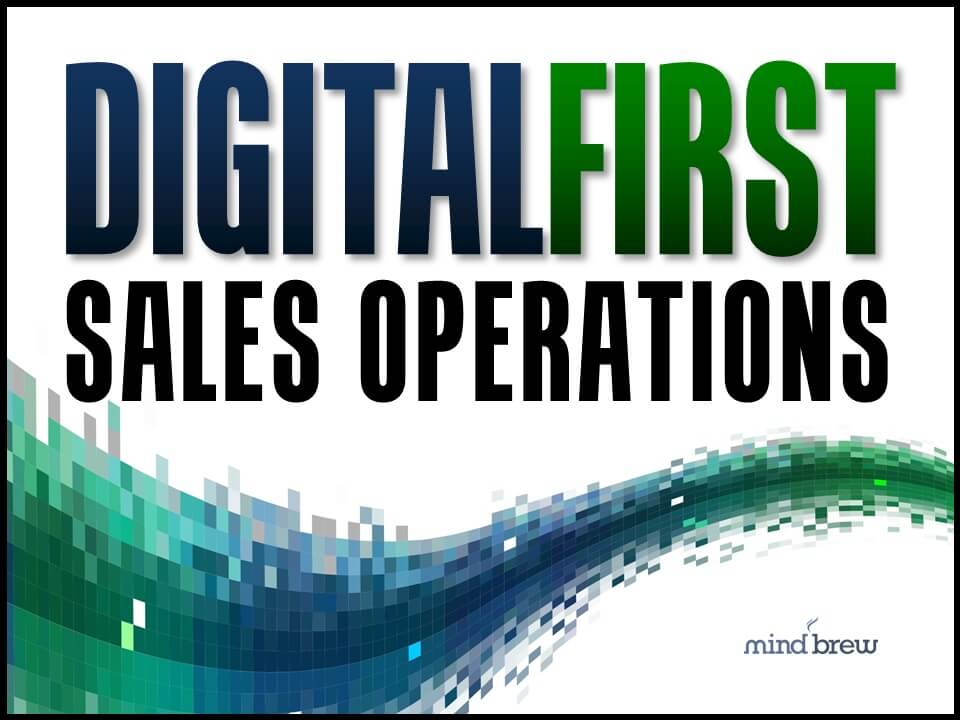Our recent live training session on Managing Risk in Sales Ops ran way over the allotted time. Even more than usual, I should say. Not due to poor time management on my part, mind you, but because we had so much ground to cover! After all, risk management is a big topic, especially in chaotic times like these. In the session, we explored some foundational concepts, walked through top mitigation strategies and tactics, and highlighted the mistakes to avoid along the way.
One of the most important foundational concepts is deceptively simple. It’s the idea that risk isn’t just one thing and it can be different for different people and groups. In the session, we talk about five distinct types of risk that we as Sales Operations professionals need to understand and be able to spot. Because recognizing which type…or types…of risk we’re likely dealing with in any given situation can make a big difference to our mitigation efforts.
Here are the five dimensions or flavors of risk we’ll likely encounter:
- Financial Risk — This is the classic or “vanilla” risk, and it’s often the loudest voice in the room. Are we risking lost revenue, profit erosion, or unrecoverable investments? For finance groups and pricing teams, this is sometimes treated as the only risk worth considering.
- Competitive Risk — This dimension of risk is often top-of-mind for our peers in sales and marketing. It’s the risk of losing wallet share, market position, or strategic ground to competitors, and it can manifest up at a category level or down in specific key accounts.
- Operational Risk — These risks stem from how a new initiative or different approach might impact our internal systems, processes, or execution in the field. Will the new quoting tool create bottlenecks? Will this pricing tweak confuse sales reps and customers alike?
- Time-Based Risk — Not all risks operate on the same timelines. Some decisions might carry relatively little short-term risk, while causing a lot of long-term damage. On the other hand, some changes that might feel risky now could be absolutely necessary for survival in the future.
- Personal Risk — Every action, every decision, every recommendation or suggestion also carries a bit of personal risk. Will it make us look bad if it doesn’t work? Will it strain our relationships with other teams? Will it affect how we’re perceived by upper management? Personal risk plays a bigger role in decision-making than most are willing to admit.
Understanding these five types of risk is more than just an academic exercise. It helps explain why different stakeholders will often see the exact same situation very differently. What looks like a no-brainer opportunity to the marketing team might seem like an operational minefield to us. What seems like a valuable strategic investment to us might feel like a personal career gamble to a regional manager.
Being able to think through how others might perceive the risks and identify which specific types of risk might be in play allows us to tailor our mitigation strategies and approaches accordingly.
For example, if the perceived risk for one audience is primarily financial, maybe we need better ROI modeling or tighter cost control mechanisms. If another group is hesitant mainly due to operational risk, maybe we start with a pilot program or propose a phased rollout. If the resistance is largely rooted in personal risk, sometimes all it takes is providing a little air cover by taking ownership and responsibility, setting clear expectations upfront, or securing a few early wins to build more confidence.
Again, it seems counterintuitive, but the hard part really isn’t the risk mitigation. The hard part is figuring out which combinations of risk are at play. Once we have some idea what kinds of risk we’re dealing with in a given situation, the appropriate courses of action are usually pretty obvious and straightforward.
When we take just a few extra minutes to think, “Okay, this looks like a mix of operational and personal risk, with a bit of time-based pressure sprinkled in,” suddenly things click. The mitigation strategies and tactics are a lot clearer. We know who needs reassurance, where we need more data, where we might need some blame-shifting, and so on. Most of the time, the path forward isn’t all that complicated…it’s just hidden until we’ve named the risks.
So next time you’re championing a new initiative, responding to a request, putting out a fire, or even just trying to understand the hesitation in the room, take a minute to run the through the five-risk checklist. You’ll be surprised how quickly things come into focus.

